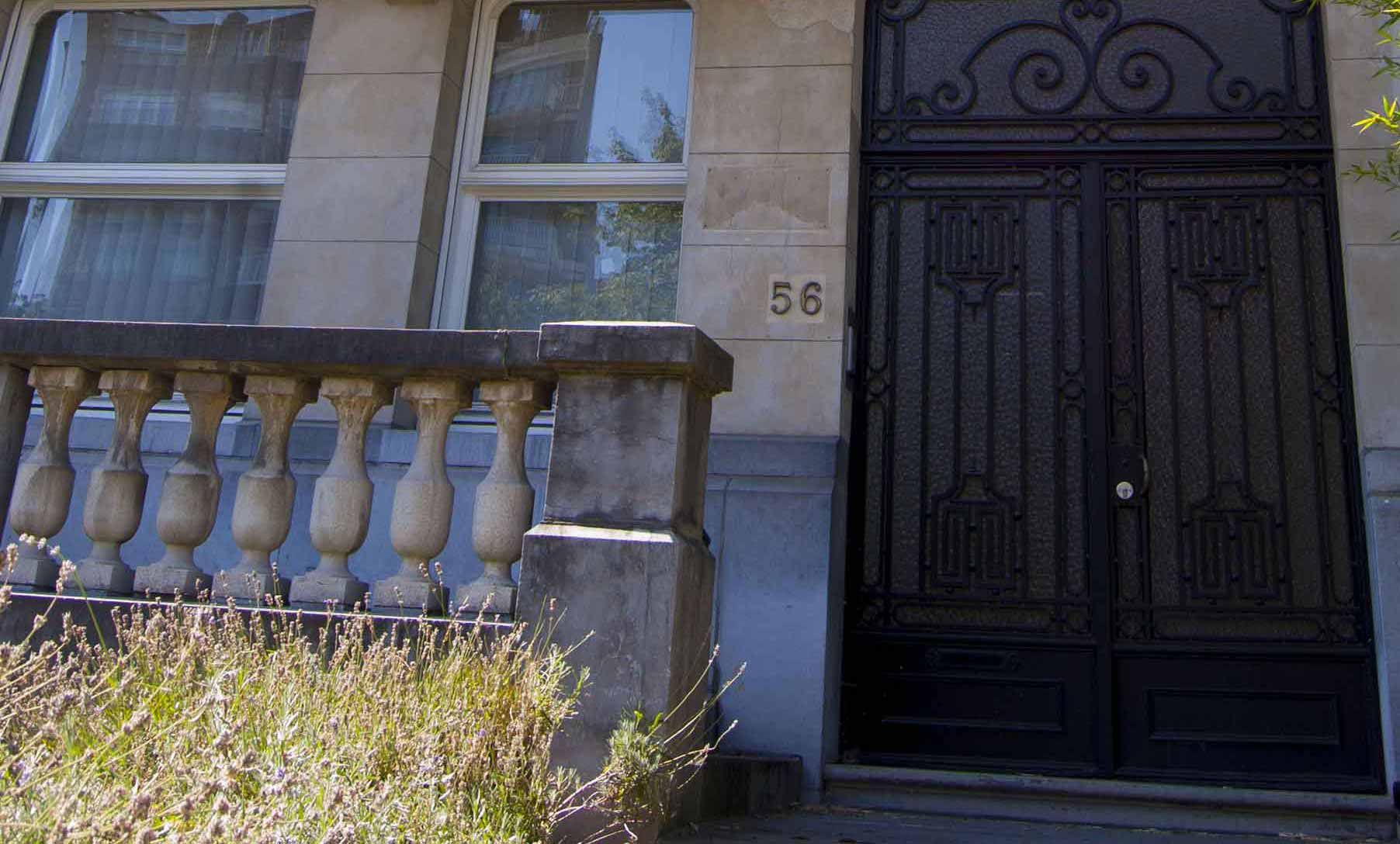The European Union is soon set to implement two new border control systems, ETIAS (European Travel Information and Authorization System) and EES (Entry/Exit System), aimed at enhancing security and simplifying border checks.
1. ETIAS: Online Travel Authorization
ETIAS will be mandatory for non-European citizens who do not require a visa for short stays (90 days within 180 days). Similar to the U.S. ESTA system, ETIAS will verify travelers before their entry, combat irregular migration, and prevent the use of fake passports through biometric identification (fingerprints and photos).
Although the system was adopted in 2018, the exact date of implementation remains to be confirmed, likely five to six months after the launch of EES.
Third-country nationals who do not require a visa for the EU, including countries such as Australia, Canada, Japan, and British nationals who are not beneficiaries of the withdrawal agreement, will need to apply for an ETIAS authorization (click here for the full list of countries).
The authorization will be obtained online and will cost €7. It will be valid for three years or until the passport expires and can be used for multiple entries.
2. EES: Entry and Exit Registration System
The EES is an automated system that will record the details of third-country nationals who are staying temporarily in the EU, each time they cross the external borders of participating European countries (click here for the list of participating countries). This system will replace the current manual stamping of passports.
The launch of EES, initially scheduled for November 10, 2024, has been postponed, with no new implementation date set.
Third-country nationals, whether or not they hold a short-stay visa, will be subject to this system when entering a European country applying EES for a short stay. British nationals, as third-country nationals, will also be subject to this system. However, there are exceptions, notably for residence card holders (click here for more information).
In practice, travelers will be required to provide their biometric data (fingerprints and photos) each time they pass through the external borders. The system will also record entry and exit dates and locations and keep track of any refusals of entry.
Céline Verbrouck
Associate Lawyer at Altea
Specialist in Immigration Law and Private International Family Law


